Introduction to Measuring Acidity and Sugar in Your Grapes & Tasting
Few winemakers have the courage to stop measuring before harvesting the grapes. I've heard many winemakers say it: "Measuring isn't necessary, I taste and then I harvest." Yeah, sure :) You're not going to work your ass off for months just to pick your harvest moment at random. I do measure less than I used to. As a novice winemaker, I'd start looking through my refractometer as soon as I saw any discoloration on my bunches. I suffered from refractometerism. Now I'm taking it a bit easier. Only in the fourth week after the first discoloration (véraison) do I go out with my refractometer and pH meter and pick some grapes to measure their acidity. You can read how I go about it in practice in this article.

These Chardonnay grapes look ripe, but are they?
When to pick grapes - What do we measure in the vineyard?
Measuring the acidity of grapes determines the harvest
Why measure grape acidity?
For me, acidity is the key indicator for determining your harvest time. Acidity decreases as grapes remain on the vine for longer. Acidity will significantly influence the style of wine you'll make in that vintage. For sparkling wine, for example, you'll harvest grapes at a higher acidity (earlier), while a full-bodied white wine you plan to age in oak barrels will be picked later. The acidity of your grapes also correlates with their ripeness. Not all grape varieties ripen equally at a given acidity, and not all ripe grape varieties have the same acidity. That's what makes choosing specific wine varieties so rewarding. If you want to make sparkling wine, you can choose a vine that already has a fair amount of flavor at high acidity.

When to Harvest Grapes: A pH Meter Will Help You
Indicative measurements and precision measurements
When testing, pick grapes from the top of the bunch, but also from the bottom and the middle. Pick grapes on the sunny side, but also on the shady side. Also, pick your grapes from different vines. This way, you'll achieve a realistic result, as if you were harvesting your grapes at that moment.
Measuring pH acidity - indicative measurements
That was a difficult title. Let me explain. It's easier to pick 20 berries, crush them in a jar, and stick a pH meter in there. A digital pH meter gives you an immediate figure. That's why I take all my indicative measurements in the vineyard with my pH meter. pH is the flavor strength of acid in wine and doesn't take into account the different types of acidity. pH is expressed on a scale of 0 to 14, with 7 being neutral. Wine is between 2.9 and 3.8, stomach acid is 1, rainwater, for example, is 5.5, and blood is 7.4. For my own convenience, I measure my acidity in pH when I want to determine my approximate harvest time in the vineyard. There are also test strips that change color to measure pH, but I'm not a fan of them because they're less precise.
In this video I measure pH with a pH meter and sugars with a refractometer:
Measure the acidity in the juice in grams of tartaric acid (TSA) per liter - precision measurement
When I approach my desired acidity expressed as pH, I also measure grams of WSZ per liter. You can do this with blue indicator, a pipette, and a graduated cylinder. You harvest grapes until you have 10 ml of juice and pour this juice into a graduated cylinder to measure acidity and free sulfites. A graduated cylinder indicates a zero line at 10 ml. Titrate drops in your graduated cylinder with a pipette until the color changes. At some point, the water will turn blue. If you shake the graduated cylinder and the liquid remains blue, the number of milliliters added to the 10 ml in your graduated cylinder equals the number of grams of WSZ per liter in your future wine. If your juice is clear after shaking, titrate additional drops until the juice remains blue. Most graduated cylinders for acidity measurement indicate grams of WSZ per 0.2 grams on a scale printed on the cylinder. For red wine, a titration test with blue lye is more difficult because red and blue are difficult to distinguish. You can dilute the wine, but that requires a lot of calculation because there's a deviation in the pH results with diluted wine. For red wine, you can also rely on a pH measurement.
What is the optimal acidity for harvesting wine grapes?
So, now you know how to measure acidity. As mentioned before, the style of wine you want to make will determine the acidity level at which you'll bring out your pruning shears and peat crates for picking. I'll give you an overview of the average values for when you can harvest grapes. Acidity and density (spoiler alert) at harvest
Wine style Density (Oechsele/Alc.) pH acidity Tartaric acid g/liter
| Sparkling wine (base wine*) | 70 - 83 / 10 - 11.8 | 2.8 - 3.1 | 9.0 - 11.0 |
| White still wine or rosé | 78 - 96 / 11 - 13.50 | 3.1 - 3.3 | 7.5 - 9 |
| Red still wine | 85 - 108 / 12 - 15 | 3.2 - 3.6 | 6.0 - 7.5 |
| Sweet white wine | 92 - 110 / ** | 3.2 - 3.7 | 5.0 - 7.5 |
* the wine before a possible second fermentation in the bottle **depending on residual sugar Sometimes you don't get the chance to choose your harvest moment, but are forced by nature. Are your grapes damaged by sunburn and are they at risk of mold? Did you have a very wet autumn and is the mold pressure too high? As a winemaker, it is a luxury to be able to choose your own harvest moment; often, nature decides. Your dream of making a top Burgundy from your Pinot Noir can quickly end in a rosé if the weather gods are not kind to you.
Measuring the density or amount of sugar in wine
Besides acidity, we also measure the density, or sugar content, in wine. You could wait to do this until you're close to your desired acidity, but as a curious winemaker, you might also measure it sooner. The principle of this measurement is that sugar weighs more than water. The difference is expressed using various units. I'll be discussing Oechsele and potential alcohol in degrees.
In the vineyard we measure with a refractometer
Just as measuring pH in the vineyard is easier than measuring grams of WSZ per liter, measuring specific gravity with a refractometer is also much simpler. You add a drop of wine to the refractometer, and you can read the Oechsele and potential alcohol levels in degrees from the device. You look through the refractometer's aperture and see a line on the scale. A refractometer works based on the refractive index of light, which, due to a liquid thicker than water, exhibits a deviation. The disadvantage of a refractometer is that you measure a single drop from a single grape. You'll find that results can vary significantly between different grapes. Therefore, if we want more precise measurements, we use a different method.
In this video, I use a density meter to measure the residual sugar in my fermenting PETNAT 2020:
Measuring sugars in wine with a density meter or densitometer
Here too, we need a little more juice. It's best to harvest about six bunches, a mix of small and large grapes (you can pick more if you have a lot). Remove the berries from the stems with a fork, crush the grapes or berries, and press them into juice. Don't press too hard, as we won't crush the seeds after harvesting. Fill a 250 ml measuring glass with about 200 ml of juice. Insert a density meter into it. It has a scale for specific gravity from 990 to 1100 and also a scale for potential alcohol in degrees. Oechsele is actually the specific gravity (also called SG or Specific Gravity in English) - 1000. So, a specific gravity of 1100 is 100 Oechsele. It's very helpful to have a conversion table:

Source: www.wijnhobby.nl So, now you can measure the acidity of your grapes to determine the harvest time, but there's one more way that can help you determine the harvest time...
When to Harvest Grapes - Tasting Your Grapes
You might know your acidity and sugar levels perfectly, and have achieved your desired results. For example, you want to make a fresh, crisp, and aromatic white wine from your Muscaris grapes. You measure 3.2 pH; 7.5 grams of tartaric acid per liter, and in terms of sugars, you measure 87 Oechsele or 11.5° potential alcohol. There's one more thing left to do before harvest: taste your grapes. Measurements are important, but if your grapes aren't phenolically ripe, it's still better to wait before harvesting. Phenolic ripeness refers to all the polyphenols in the wine (aromas and bitter compounds). That's why you should taste your grapes. Phenolic ripeness occurs when the bitterness has left the skins and seeds of your grapes, and when the aromas are fruity and full-bodied. Bite into a grape and concentrate on the skins and flesh. Exhale through your nose (retronasally) and savor the aromas. Pay attention to your mouthfeel. If your mouth feels unpleasantly dry and bitter, your grape isn't ripe. Swallow everything except the seeds, remove them from your mouth, and examine them. If the seeds are dark brown without any green traces, this indicates phenolic ripeness. Then bite into the seeds; if they are crunchy and nutty-tasting without being astringent, you're done. Gather your friends, or enjoy your harvest alone if you don't have many vines. Or maybe not?

The harvest of September 30, 2020. These are Chardonnay grapes at 72 Oechsele and 3.2 pH, not a great success. It turned out to be a tasty petnat (a kind of sparkling wine) instead of a still wine.
When to harvest grapes - The weather also plays a role
If your measurement results and taste test are positive, there is one more factor that will be decisive: the weather.
- Rain just before harvest can cause your grapes to absorb water. This, in turn, lowers their sugar levels and raises their pH. If you have healthy, undamaged grapes, you can wait two days for them to deswell.
- Rain can also cause your grapes to burst as they soak up the water. If you have slightly damaged grapes (from sunburn or wasps, for example), anticipate rain showers and harvest your crop before it rains.
- Wind or hail can also throw a wrench in the works. So don't just look at acids and sugars, but also at the weather forecast.
- Freezing temperatures are, of course, also detrimental to your grapes. In Germany, they make Eiswein from frozen, overripe grapes, but if you don't want to make that style of wine, definitely avoid (night) frost.
Adjusting acids and density (sugar)
If you are not satisfied with your measurement results, you can still adjust the acids and sugars.
- You can deacidify with precipitated lime.
- You can acidify with tartaric acid.
- You can add table sugar, 17 grams of sugar per liter will give you 1° extra alcohol in your wine.
Personally, I prefer to adjust my wine style if I have too much acidity (e.g., making sparkling wine instead of still wine). Acidification won't happen very often in our climate, unless a heatwave has caused a lot of tartaric acid to disappear from your wine, which is possible. You can also add sugar to give your wine a bit more body. I would never add more than 25 grams (+/- 1.5°) per liter. Adding too much sugar can increase alcohol, but not phenolic ripeness. I would adjust as little as possible and let the grapes express themselves as much as possible. Especially as amateur winemakers, we are not dependent on wine standards and the marketability of a wine.
Finally, about harvesting wine grapes
The first time is nerve-wracking, but the good news is that it stays that way. It's only once a year that your harvest period, or multiple harvests, arrives. It's not like beer or cheese, which you can make anew every day. That's what makes wine so special; you have so much personal responsibility in the process. If your wine isn't drinkable, you can't blame the hop supplier. Your wine is 99% your grapes, which you've protected with your life from bud to glass (or almost :)). As I write this, it's July 30th, in a very difficult wine year, 2021. Lots of rain alternating with sunshine, a funfair for mold. So far, I haven't had any problems, and the first red Regent grapes are starting to discolor on the southwest side. Keep it up! If you find the information on this website valuable, consider purchasing your wine supplies from our online store. You'll help us create even more information about the vineyard. I wish you the best of luck with your winemaking dream, Tom.



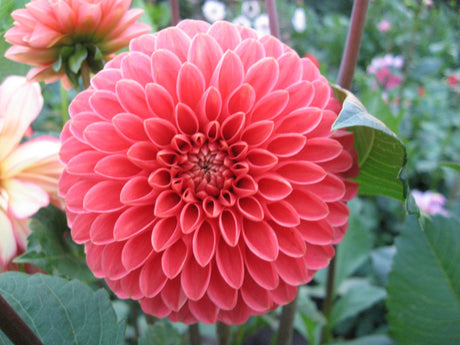
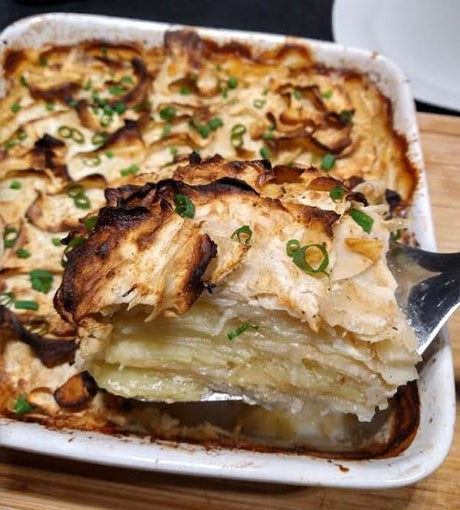
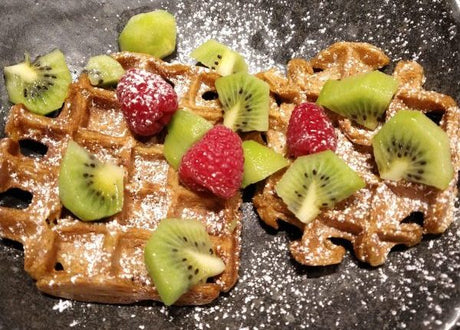
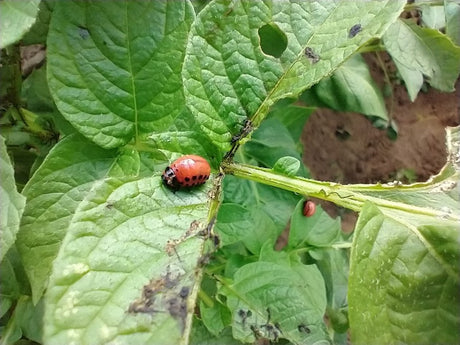


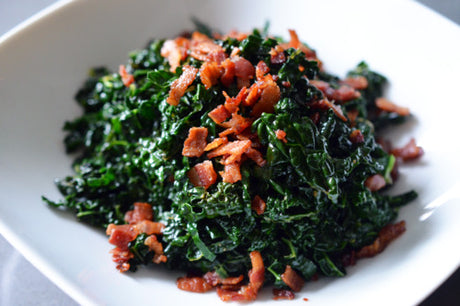
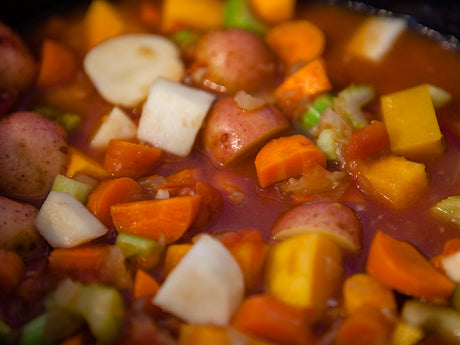
1 comment
Beste Tom,
Heb je ook een schrijven van deze stappen om wijn te maken dit is voor mij makkelijker dan dit van de PC af te lezen. en dan stap voor stap.??
veder een goed verhaal hoor